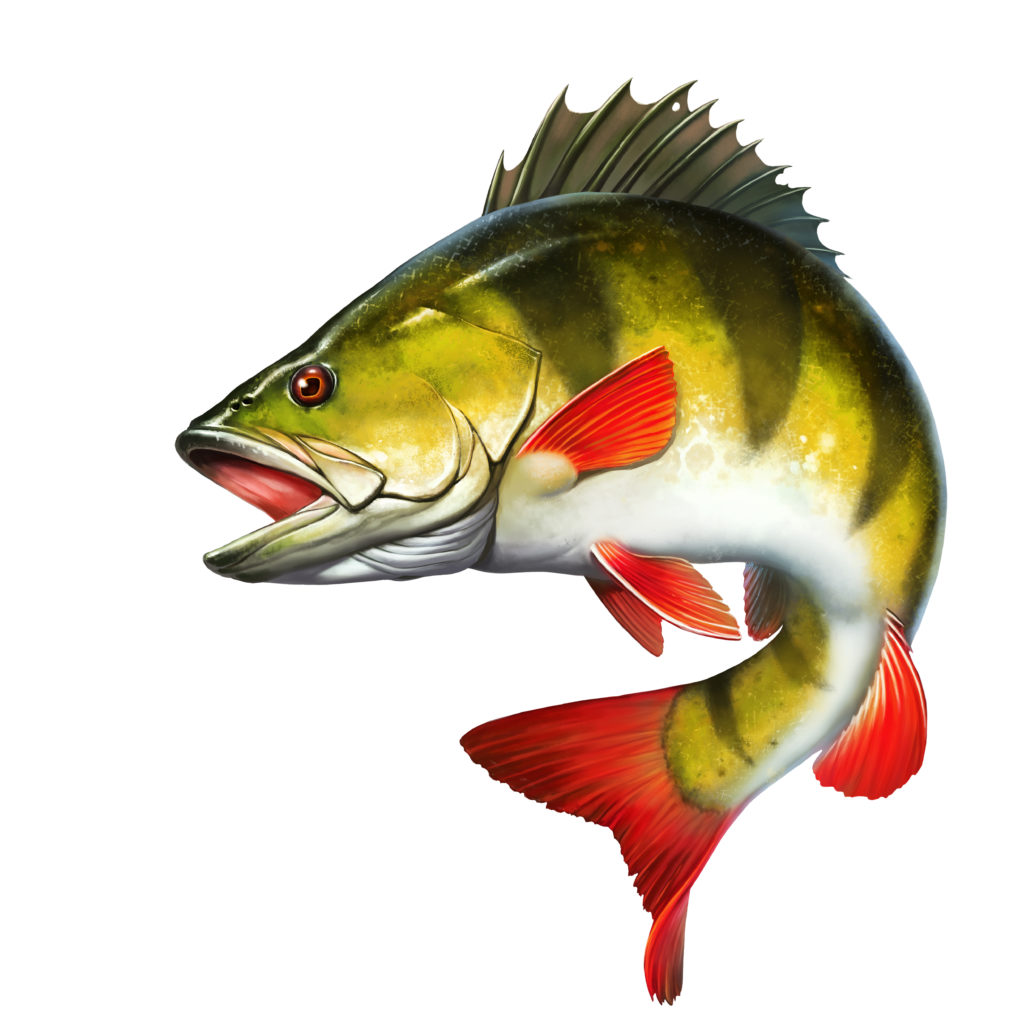Sporting Life

Springtime Fishing in Maryland
By Dennis Doyle
These recently warm and comfortable days carry the hopes of a new fishing season and all of its possibilities—but at the same time our springtime can be a cruel time of year. Nasty freezes, icy rains, and plenty of wind inevitably follow short bursts of temperate weather. This year has been no different.
The yellow perch run should be in full swing in most places right now except it’s not. The lush, warm days we’ve experienced have occasionally drawn the golden neds up toward their natal waters only to drive them back down again with the return of freezing, gusting, snotty squalls and fronts.
The only remedy to this maddening uncertainty is tenacity and bullheadedness. Keep fishing. Sooner or later nature will take its course; the female neds will swarm into the shallows, spew their egg sacks, the waiting males will honor them with their own efforts and the bite will be on.
Anglers that are onsite to witness such an event will be rewarded greatly, those who opted to remain at home must suffer in loneliness, despair and fishless-ness. Unfortunately, lately I’ve been of the latter group and sorry for it. As an obeisance to Poseidon, I’m going over my angling gear yet again and making ready to head out at the slightest hint of a sudden perch run.
Light tackle is my tactical niche this time of year and my favorite rods have long been my shortest. A couple of Loomis 5’4” Mag Lite jig rods have been the best of my perch poles. They’re extra fast action with sensitive tips and have enough butt power to handle fish up to citation sized pickerel. Spooled with 6-pound mono it’s just the ticket for yellow and white perch plus any crappie or grass pike that happen to crash the party.
Four-pound mono will actually do better, stealthwise, but the areas I like to fish are cluttered with structures such as tree limbs, pilings, rocks and fallen docks, which take a toll on light line. The 6-pound rescues many of my hang-ups but not without eventual stress damage, so every spring I re-spool with fresh mono, usually P-Line as it’s noticeably thinner than most and has superb knot strength.
Another important line management essential is filling your spool to within 1/8 inch of the top. Any gap greater than that will cause a loss in casting distance as the departing line rubs excessively on the spool lip.
The last item is to inspect your drag. A spinning reel drag is a simple affair, carefully remove the retaining spring wire holding the drag washers in the spool and soak the parts in alcohol, let dry, then lightly anoint them with reel grease. Better yet replace them with Carbontex Drag Washers. They’re state of the art for smoothness. You’ll be amazed at how fewer fish will be lost to mouth tears.
My tackle bag this time of year remains a handy 5-gallon bucket and includes lots of extra hooks, sinkers, shad darts, spinner baits and their ilk. If you’re not losing rigs on hang-ups you’re not fishing in the right places. A small measuring stick is also an essential instrument as a yellow ned must be 9 inches to harvest and it’s very unnerving to have to guess how long a fish is on a hard day. As a desperate measuring device you can try two one-dollar bills, the bills are a hair over six inches; fold the second in half and compare to your fish. It may save you a visit from a DNR officer.
